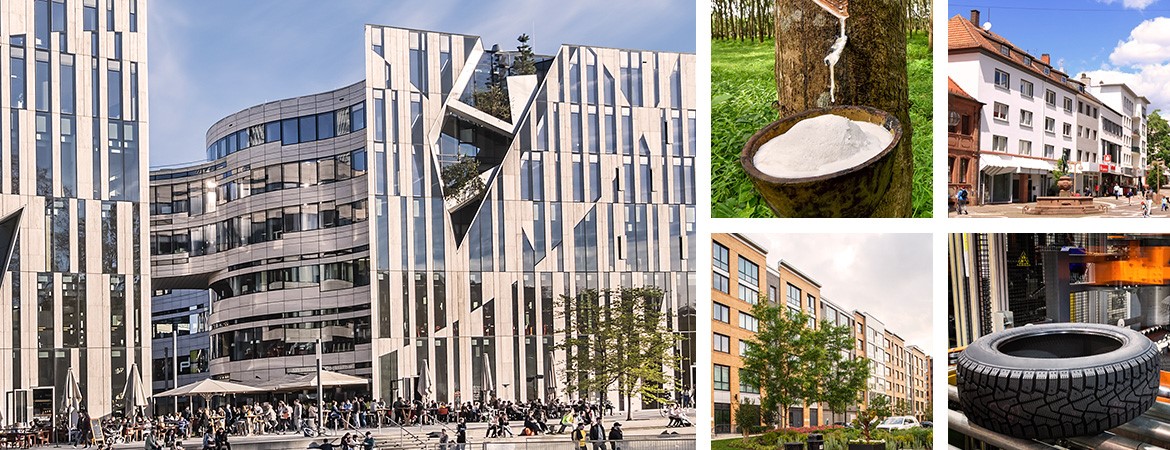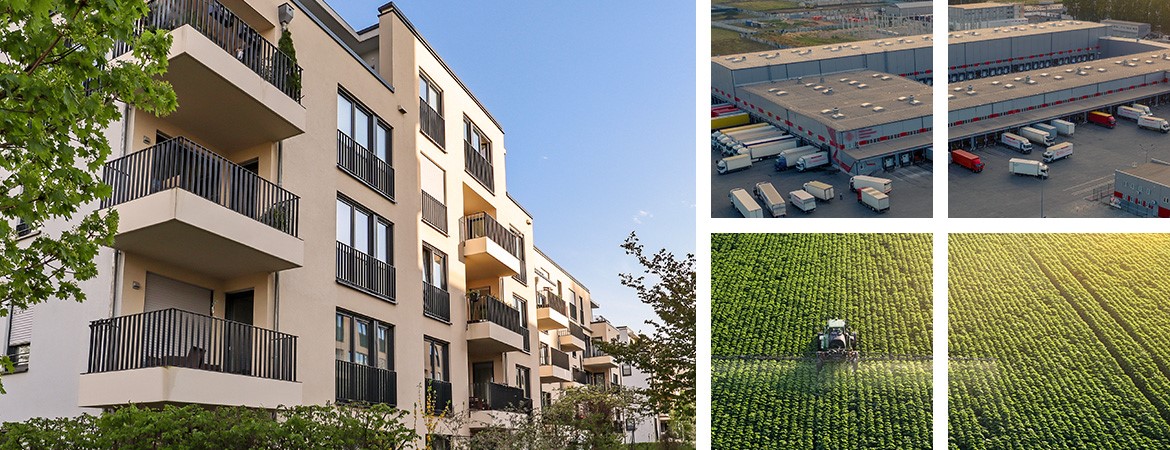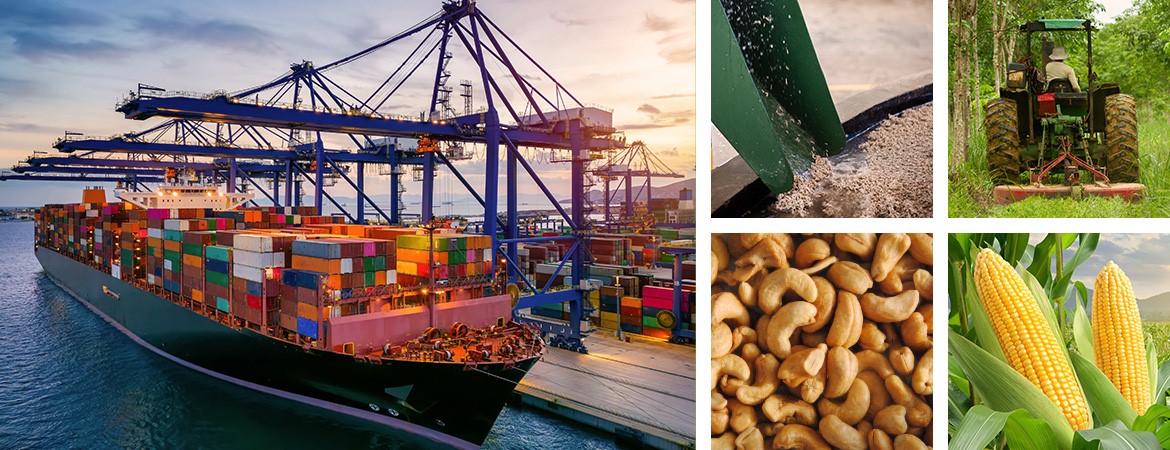








Wood, when felled often called timber, as a renewable raw material has always served people as an important product and construction material. Wood can be used in a multitude of ways and is therefore indispensable even in a modern society like ours.
The overall demand for timber is enormous. The world’s annual usage by far surpasses four billion cubic meters and, depending on the region, use, and type of wood is increasing between 5 and 15 percent each year – and rising. Timber as a renewable and carbon-neutral raw material and product is the epitome of sustainability and thus popular among consumers.
Because it is not possible to satisfy the immense global demand for timber in a sustainable way from today’s forests, alternative sources of wood are important. In order to meet the demand from the many industries that process wood (construction, furniture, paper, energy and so on), commercial timberland plantations are contributing part of the wood production. They consist either of particularly fast-growing wood varieties or are planted like rubber plantations in tropical areas where a warm and humid climate promotes quick growth of high-quality tree varieties. That is why rubberwood plays an important role in TIMBERFARM’s mid- to long-term business plan.
Rubber tree plantations whose primary goal is to produce natural rubber, develop during the 15-year growing period to an impressive and secure forest asset with rubber trees measuring 25 to 30 meters high and 30 to 35 centimeters in diameter. The exploitable rubberwood reaches a volume of up to 700 cubic meters per hectare.
As an investment class wood exhibits a low correlation with other investment forms. It is therefore regarded as stable and less dependent on economic fluctuations. If nothing else wood and wood investments are often in demand for risk spreading and stabilization of the total assets on the capital and financial markets.
After a growing period of 15 years and a harvesting period of 11 years, rubber trees have passed their prime when it comes to their latex yield. Then it is economically prudent to cut down the trees and replant the rubber plantation.
On the plantation area of 10,000 to 15,000 hectares, which TIMBERFARM envisions, between five and eight million rubber trees are going to grow which will be cut down after the growing period is over.
As a hardwood rubberwood is in high demand in the construction and furniture industries, even if different by region. In addition to the qualitative benefits, especially its mechanical resistance, also called hardness (roughly 4.2 hardness on the Brinell scale – much harder than beech, maple, and oak), rubberwood is also very well suited for the mass production of parquet flooring or molding on account of its attractive price.
It is foreseeable that huge amounts of TIMBERFARM rubberwood will be available on a regular basis. Even if the rubberwood could be sold before being cut, TIMBERFARM wants to participate in the subsequent value-added process similar to rubber processing and process the cut rubberwood singlehandedly to make industrial intermediate goods to sell.
Not yet implemented but set in stone as of 2024 is therefore the construction of a sawmill and timber processing plant. The land required for this has already been purchased and is located adjacent to the GRAN PIEDRA rubber factory near Chepo, not far from Panama City.
The first wood from TIMBERFARM’s Panama plantations is expected in 2027. The sawmill and timber processing plant are initially expected to manufacture relatively simple intermediate goods for the timber industry such as boards, square timber, and veneers. The plan is to not limit timber processing just to its own rubberwood, but to also process other wood varieties from Panama to industrial intermediate goods. The demand is there. Compared with the current wood volume there are not enough timber processing facilities in Panama.